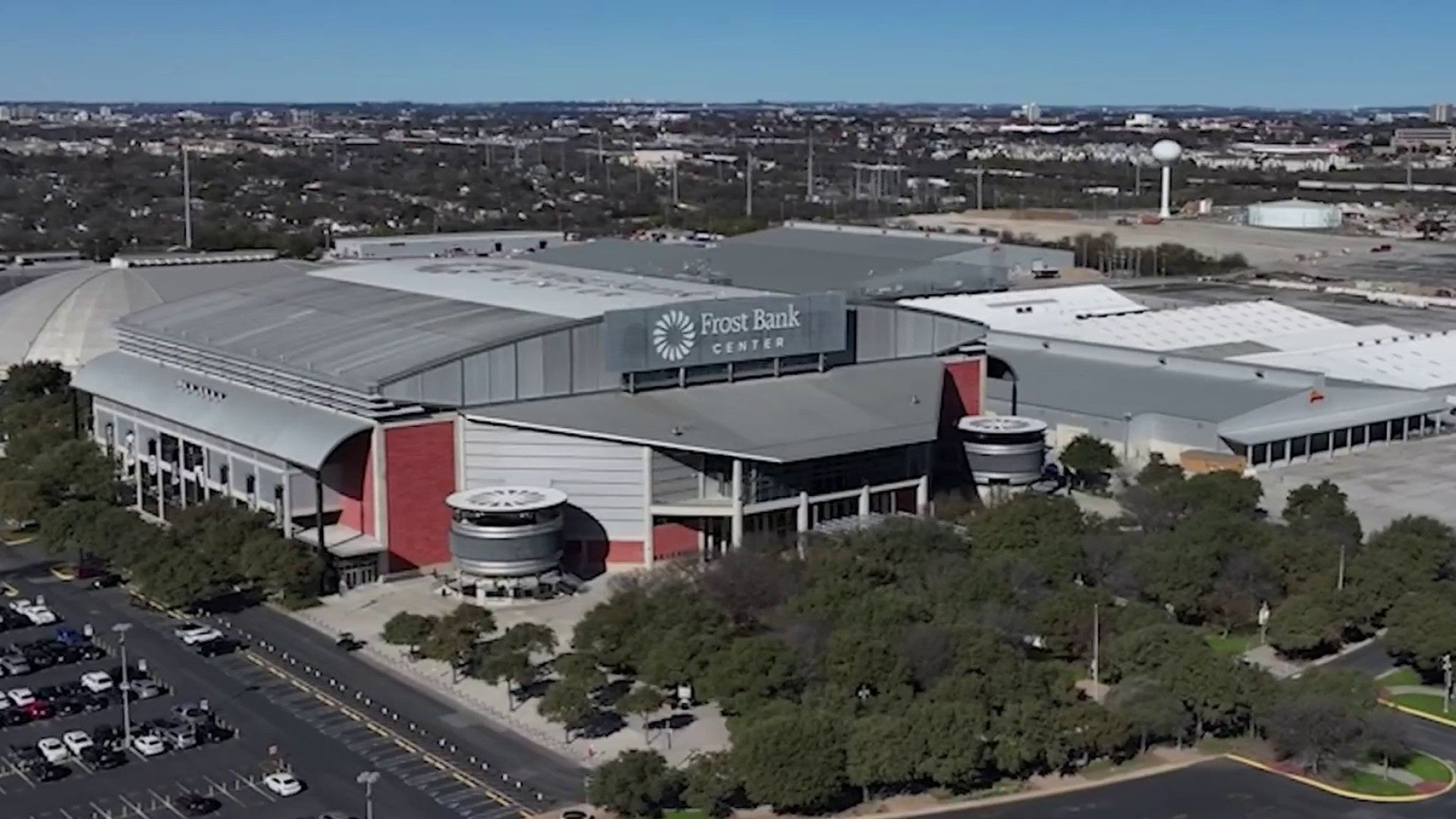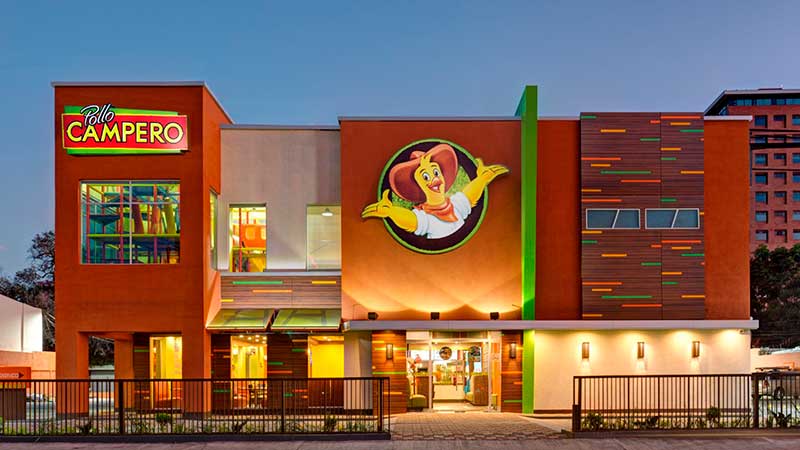Report on the Economic and Sustainable Development Implications of San Antonio’s Project Marvel Analysis
Executive Summary
This report examines the economic impact analysis commissioned by the City of San Antonio for “Project Marvel,” a proposed Sports & Entertainment District. The analysis, conducted by CSL International, projects significant economic benefits that align with Sustainable Development Goal 8 (Decent Work and Economic Growth). However, substantial concerns regarding the study’s cost, independence, and scope raise critical questions about the project’s adherence to principles outlined in SDG 9 (Industry, Innovation, and Infrastructure), SDG 11 (Sustainable Cities and Communities), and SDG 16 (Peace, Justice, and Strong Institutions). The controversy surrounding the report underscores the challenges in ensuring transparent and accountable governance in public-private partnerships, a cornerstone of SDG 17.
Projected Economic Impact and Alignment with SDG 8
The primary objective of the commissioned analysis was to quantify the project’s potential contributions to local economic growth, directly supporting the aims of SDG 8: Decent Work and Economic Growth. The findings presented a positive outlook for the city’s economic future.
- Annual Impact: The report estimated that core projects could generate approximately $500 million in new spending, tax revenue, and employment opportunities annually.
- Long-Term Projections: Over a 30-year period, the total economic activity was projected to exceed $18 billion.
- Fiscal and Employment Benefits: The development is anticipated to create thousands of new jobs and contribute over $350 million in city tax revenue, fostering economic resilience and opportunity.
Governance, Transparency, and Institutional Integrity (SDG 16 & SDG 17)
The process and subsequent evaluation of the economic impact report have highlighted significant governance challenges, casting doubt on its alignment with SDG 16: Peace, Justice, and Strong Institutions, which calls for accountable and transparent institutions. These issues also affect the viability of the public-private partnership under SDG 17: Partnerships for the Goals.
- Public Expenditure: The total cost of the analysis to taxpayers is $330,665, of which $219,845 has been paid. The city has defended this as a necessary investment for informed decision-making.
- Lack of Independence: The credibility of the report has been questioned due to CSL International’s existing business ties to the San Antonio Spurs, a primary partner and beneficiary of Project Marvel. This potential conflict of interest undermines institutional transparency.
- Official Criticism: Mayor Gina Ortiz Jones described the analysis as “incomplete,” while other experts have labeled it “useless” for making a sound policy decision.
- Call for Renewed Analysis: In response to these concerns, the Mayor has renewed calls for a fully “independent” economic analysis to ensure decisions are based on impartial and comprehensive data, reinforcing the principles of accountable governance.
Urban Development and Sustainable Infrastructure Planning (SDG 9 & SDG 11)
As a major urban development, Project Marvel is directly linked to the objectives of SDG 11: Sustainable Cities and Communities and SDG 9: Industry, Innovation, and Infrastructure. An accurate and thorough impact analysis is fundamental to ensuring the project contributes positively to sustainable urban infrastructure. However, critical gaps in the CSL report have been identified.
- Incomplete Scope: The City of San Antonio confirmed that it did not instruct CSL International to analyze the potential impact of a new sports arena, a central piece of the proposed infrastructure.
- Reliance on Secondary Data: The Mayor noted that the firm’s analysis was based on a review of summary findings from Stone Planning, a consultant for the Spurs, rather than on an exhaustive, independent study.
- Implications for Sustainable Planning: These analytical shortcomings impede the City Council’s ability to properly assess the long-term costs and benefits, which is essential for developing inclusive, resilient, and sustainable urban infrastructure in line with global development goals.
Sustainable Development Goals (SDGs) Addressed
-
SDG 8: Decent Work and Economic Growth
The article is centered on the economic implications of “Project Marvel.” It discusses an economic impact analysis that projects significant growth in spending, tax revenue, and job creation, which are core components of SDG 8.
-
SDG 11: Sustainable Cities and Communities
The project involves the development of a “new Sports & Entertainment District” within the City of San Antonio. This is a large-scale urban development project that directly relates to planning and creating inclusive, safe, resilient, and sustainable urban environments.
-
SDG 16: Peace, Justice and Strong Institutions
The article highlights issues of governance, transparency, and accountability. The controversy surrounding the economic impact report, its cost to taxpayers, the firm’s business ties to a stakeholder, and the mayor’s call for an “independent” analysis all point to the need for effective, accountable, and transparent institutions in public decision-making.
-
SDG 17: Partnerships for the Goals
The project is a collaboration between the public sector (City of San Antonio) and the private sector (San Antonio Spurs). The article discusses the city council’s consideration of a “term sheet with the Spurs,” which exemplifies a public-private partnership aimed at achieving development goals.
Specific Targets Identified
-
Targets under SDG 8: Decent Work and Economic Growth
- Target 8.2: Achieve higher levels of economic productivity through diversification. The development of a “Sports & Entertainment District” represents an effort to diversify the local economy and boost economic activity.
- Target 8.5: By 2030, achieve full and productive employment and decent work. The report’s projection of creating “thousands of new jobs” directly aligns with this target of increasing employment opportunities.
- Target 8.9: By 2030, devise and implement policies to promote sustainable tourism that creates jobs. The project is expected to attract “millions of visitors,” positioning it as a major tourism initiative that contributes to local job creation and economic growth.
-
Targets under SDG 11: Sustainable Cities and Communities
- Target 11.a: Support positive economic, social and environmental links between urban, peri-urban and rural areas by strengthening national and regional development planning. The commissioning of an economic impact study and the city council’s review process are key components of urban development planning for a major city project.
-
Targets under SDG 16: Peace, Justice and Strong Institutions
- Target 16.6: Develop effective, accountable and transparent institutions at all levels. The article’s focus on the report being called “useless” and “incomplete,” the disclosure of its cost to taxpayers (“$330,665”), and the mayor’s call for an “independent’ economic analysis” all underscore the importance of and challenges to institutional accountability and transparency.
- Target 16.7: Ensure responsive, inclusive, participatory and representative decision-making at all levels. The article mentions that the economic impact analysis was “information for the Council to consider before approving the term sheet with the Spurs,” which is part of the representative decision-making process. The public debate and media investigation contribute to making this process more responsive.
-
Targets under SDG 17: Partnerships for the Goals
- Target 17.17: Encourage and promote effective public, public-private and civil society partnerships. The entire arrangement between the City of San Antonio and the San Antonio Spurs for “Project Marvel” is a public-private partnership. The scrutiny of the economic analysis is part of the process of ensuring this partnership is effective and beneficial for the public.
Indicators for Measuring Progress
-
Indicators for SDG 8
- Annual growth rate of local economy: The article explicitly mentions projections that the project “could bring in $500 million in new spending, tax revenue and jobs in any given year” and “$18 billion in economic activity over 30 years.” These figures can be used as indicators of economic growth.
- Number of jobs created: The projection of “thousands of new jobs” is a direct indicator for measuring progress towards employment goals.
- Increase in tourism: The mention of attracting “millions of visitors” serves as an indicator for the growth of the tourism sector.
- Increase in tax revenue: The projection of “over $350 million in city tax revenue” is a specific financial indicator of the project’s economic benefit to the city.
-
Indicators for SDG 11
- Investment in urban development planning: The cost of the economic impact analysis, “$330,665,” is an indicator of the financial resources being allocated to the planning phase of urban development projects.
-
Indicators for SDG 16
- Public expenditure transparency: The article is based on “records obtained by KSAT Investigates” detailing the cost of the study, which serves as an indicator of the level of transparency in public spending.
- Perception of institutional accountability: The criticism from experts (calling the report “useless”) and the Mayor (calling it “incomplete” and demanding an “independent” analysis) can be seen as qualitative indicators of a lack of public trust and a demand for greater accountability from city institutions.
Summary Table: SDGs, Targets, and Indicators
| SDGs | Targets | Indicators |
|---|---|---|
| SDG 8: Decent Work and Economic Growth |
|
|
| SDG 11: Sustainable Cities and Communities |
|
|
| SDG 16: Peace, Justice and Strong Institutions |
|
|
| SDG 17: Partnerships for the Goals |
|
|
Source: ksat.com







